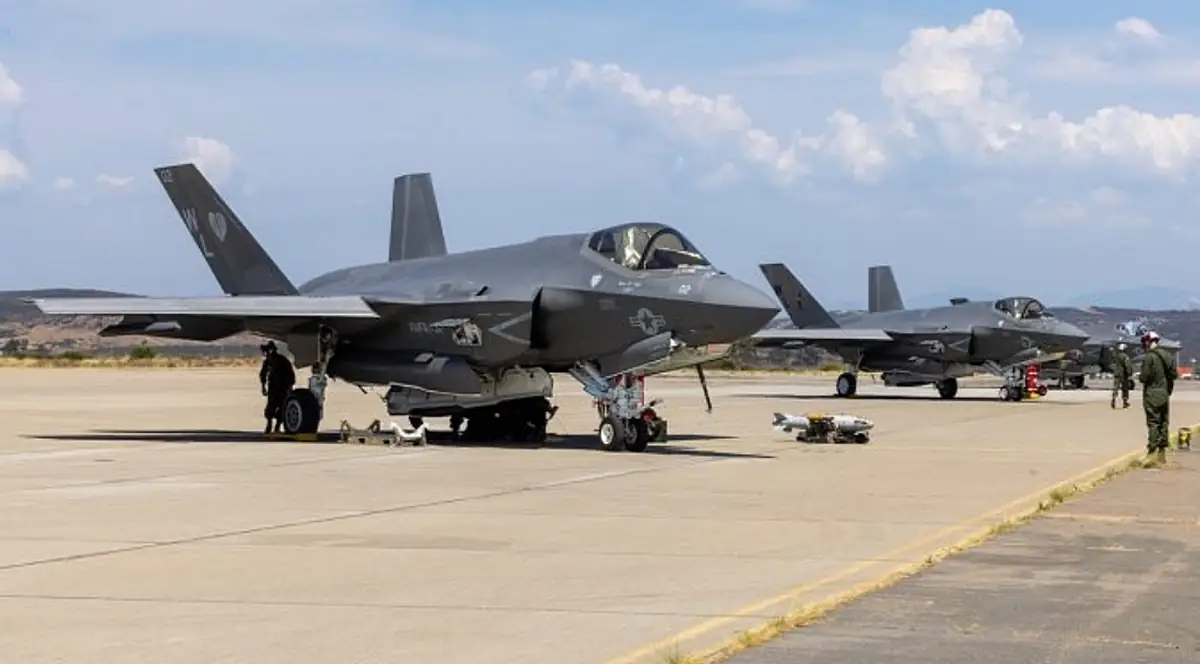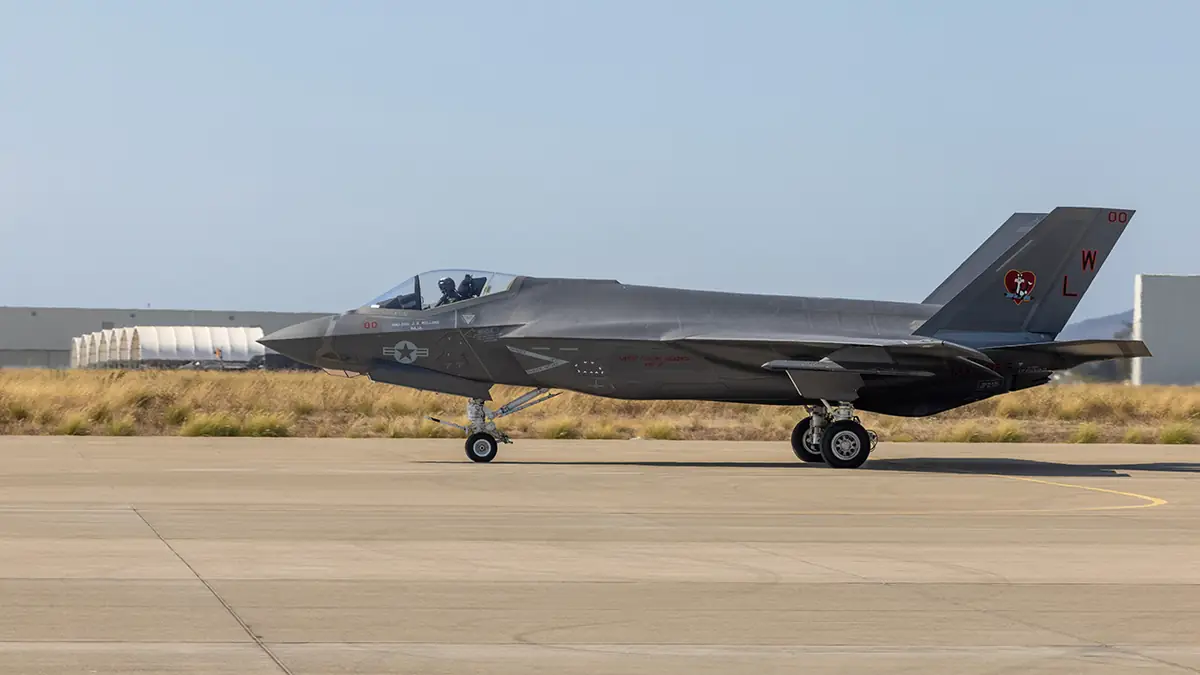The Marine Fighter Attack Squadron (VMFA) 311 has become the latest F-35 squadron in the US Marine Corps to declare Initial Operational Capability (IOC). VMFA-311, part of the 11th Marine Aircraft Group within the 3rd Marine Aircraft Wing, achieved IOC on July 31, 2024. This means the unit has received a sufficient number of F-35 aircraft, assembled enough personnel, and adequately trained them to conduct the operations necessary to fulfill its mission.
Known as the Tomcats, VMFA-311 was established as an F-35C Lightning II squadron on April 14, 2023, with one aircraft and eighty-four Marines. They worked alongside an existing F-35C squadron in the US Marine Corps to reach this IOC milestone. Before being disbanded in 2020, the squadron was known as VMA-311 and operated AV-8B Harrier II aircraft.

Achieving IOC culminated in over 900 sorties, totaling more than 1700 flight hours. Full Operational Capability (FOC) is expected to be declared in 2025, when the squadron receives the remaining aircraft needed to complete its full complement of 10 F-35Cs. Currently, the US Marine Corps has fourteen active F-35 squadrons. Twelve are equipped with the F-35B STOVL variant, while the other two, VMFA-314 and VMFA-311, operate the F-35C. The F-35C is a CATOBAR variant, capable of launching from aircraft carriers using catapults and landing with arrestor wires. These squadrons succeed the F/A-18C/D Hornet squadrons, deploying alongside US Navy squadrons aboard Nimitz-class and Gerald R. Ford-class nuclear aircraft carriers.
The US Navy plans to operate the Hornet until 2030, but some squadrons have already been disbanded to transition to the F-35B or F-35C. VMFA-314 was the first squadron to transition to the F-35C. VMFA-251 will transition to the F-35C in 2025, and VMFA-115 will follow by 2027.
As part of the preparations for declaring IOC, the personnel of VMFA-311 participated in some of the most renowned training programs of the US Armed Forces. Aviation Ordnance Officer Ensign John Page completed the seven-week Marine Aviation Weapons and Tactics Instructor course at MCAS Yuma, Arizona, and pilot Major Timothy Potter completed the famous TOPGUN program, officially known as the Navy Strike Fighter Tactics Instructor program.

While TOPGUN is now based at NAS Fallon, Nevada, during the filming of the original 1986 movie, the school was located at NAS Miramar, now MCAS Miramar, California, which is currently home to VMFA-311.
One of the final milestones before declaring IOC was completing live-fire training on July 25 at Miramar. This was the squadron’s first independent sortie using live munitions, which is evidently a crucial capability for certifying an operational unit.
Commenting on the US Marine Corps’ transition to fifth-generation fighters, Lieutenant Colonel Michael Fisher, commander of VMFA-311, said, “As a former F/A-18 Hornet pilot, the F-35 is our bid for future success… …This is what the Marine Corps aims for under the TACAIR program.”
VMFA-311 has a distinguished history dating back to December 1942 and is one of the first US Marine Corps units to be equipped with jet fighters. The squadron saw combat during World War II, the Korean and Vietnam Wars, as well as in Operations Desert Storm, Enduring Freedom, and Iraqi Freedom. During Desert Storm, the Tomcats became the first American unit to use AV-8B Harrier II aircraft in combat. The squadron’s Harriers were also the first of their kind to operate over Afghanistan during Operation Enduring Freedom and, in 2010, became the last Harriers to participate in Operation Iraqi Freedom.

While flying with a squadron during the Korean War, then-future astronaut John Glenn earned the nickname “magnetic ass” after returning from many of his sixty-three combat missions with machine gun holes in his F9F Panther. Nine years later, aboard the Friendship 7 spacecraft, Glenn would become the first American astronaut to complete a full orbit of the Earth.
Source: Theaviationist







